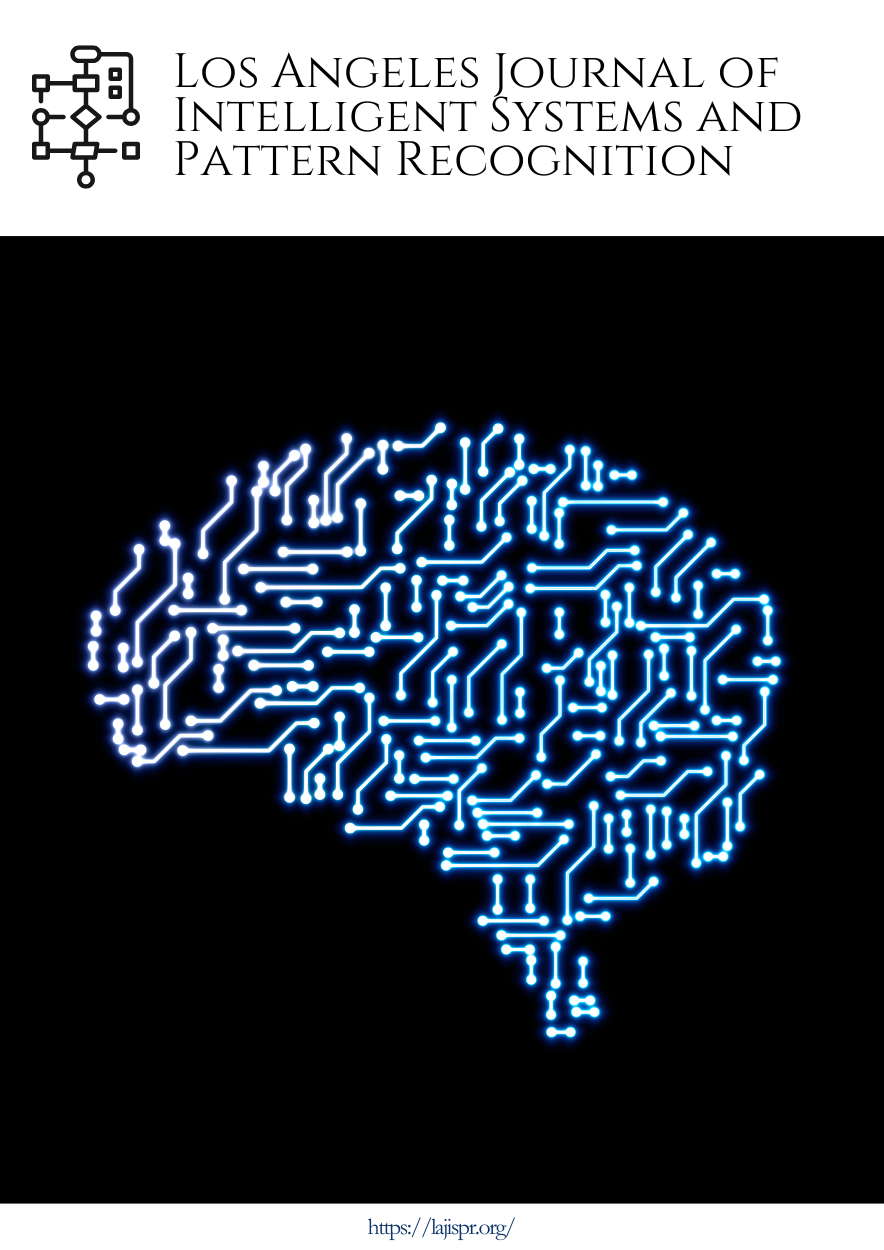Generative AI for Automated CAD Model Generation in Aerospace Manufacturing
Keywords:
generative AI, CAD automation, aerospace manufacturing, deep learningAbstract
Generative AI is transforming the aerospace manufacturing sector with the help of automated generation of computer-aided design (CAD) models with unmatched precision and efficiency. The tradition aerospace designing process of components is labour intensive and required vast domain expertise to ensure compliance with strict aeronautical standards. The aim of this paper is to explore the application of GenAI in automated CAD model generation for aircraft parts which significantly reduces manual design time while enhancing the accuracy of complex geometric products.
Downloads
References
J. C. Tan, J. D. Barnes, and B. G. Prusty, “Generative design for aerospace structures: A
comparative study with topology optimization,” AIAA Journal, vol. 58, no. 9, pp. 3675–3687,
Sep. 2020.
D. W. Rosen, “Design for additive manufacturing: A method to explore unexplored
regions of the design space,” Journal of Mechanical Design, vol. 139, no. 5, pp. 051001-
–051001-10, May 2017.
N. L. Johnson, M. A. Frey, and J. S. Costello, “Applications of deep learning for
generative aircraft design,” in Proc. AIAA Aviation Forum, Chicago, IL, USA, 2022, pp. 1–12.
A. G. Saharan and M. S. Andersen, “Machine learning-based topology optimization for
aerospace structures: A survey and case study,” Journal of Computational Design and
Engineering, vol. 8, no. 4, pp. 667–682, Dec. 2021.
H. K. Kress and P. J. Narayanan, “Neural generative models for CAD-assisted aircraft
component design,” Computers & Structures, vol. 230, pp. 106218-1–106218-15, Jan. 2020.
S. R. Jones, T. K. Campbell, and J. W. Lee, “AI-driven generative design for aerospace
components: Enhancing manufacturability and performance,” Advanced Engineering
Informatics, vol. 47, no. 5, pp. 101236-1–101236-11, Jul. 2021.
X. Zhang, B. Zhang, and Y. Z. Feng, “Hybrid AI and physics-based modeling for
aerostructural optimization,” Engineering Applications of Artificial Intelligence, vol. 99, pp.
-1–104132-12, Aug. 2021.
R. D. Smith and C. M. Johnson, “Generative adversarial networks for aerospace CAD
models: A novel approach to automated design,” in Proc. IEEE Int. Conf. Artificial
Intelligence in Aerospace (AIA), Seattle, WA, USA, 2019, pp. 123–129.
A. Patel, M. Sun, and J. K. Tan, “AI-assisted parametric modeling in aerospace CAD
systems,” CAD Computer-Aided Design, vol. 120, pp. 102834-1–102834-9, Oct. 2020.
C. J. Anderson, K. R. Foster, and S. W. Li, “Deep reinforcement learning for aircraft
aerodynamic shape optimization,” AIAA Journal, vol. 59, no. 2, pp. 613–625, Feb. 2021.
B. A. Turner, J. D. Powell, and P. M. Wang, “Digital twin frameworks for AI-driven
aerospace design validation,” in Proc. ASME Int. Design Engineering Technical Conf., 2021,
pp. 1–10.
S. K. Gupta and M. G. Kumar, “AI-integrated CAD-CAM workflows for aerospace
manufacturing,” Manufacturing Letters, vol. 28, pp. 45–54, Apr. 2021.
T. Nakamura, H. Iwata, and K. Suzuki, “Quantum computing for generative design in
aerospace engineering,” in Proc. IEEE Quantum Computing for Engineering Applications
(QCEA), 2022, pp. 89–95.
Y. S. Lin, J. P. Kim, and R. H. Allen, “AI-enhanced topology optimization for lightweight
aircraft structures,” Engineering Optimization, vol. 54, no. 3, pp. 487–502, Mar. 2022.
P. Kumar, A. M. Shah, and T. H. Rogers, “Finite element analysis for AI-driven aircraft
component validation,” Advances in Engineering Software, vol. 152, pp. 103568-1–103568-
, Jun. 2022.
M. H. Brown and E. J. Carter, “Regulatory challenges in AI-based aerospace design
automation,” Journal of Aerospace Engineering, vol. 36, no. 2, pp. 208–219, Feb. 2023.
L. P. Williams and B. T. Scott, “Neural network-driven shape optimization for supersonic
aircraft,” AIAA Journal, vol. 60, no. 4, pp. 1538–1551, Apr. 2022.
V. I. Petrova and D. L. Campbell, “Comparative analysis of AI-driven and traditional CAD
workflows in aerospace engineering,” Computers & Industrial Engineering, vol. 165, pp.
-1–107961-12, Nov. 2022.
J. F. Martins and T. K. Benson, “Hybrid AI and generative design for sustainable
aerospace structures,” Sustainable Materials and Technologies, vol. 33, pp. 102413-
–102413-10, Mar. 2023.
A. E. Carter, R. H. Kim, and S. W. Patel, “Reinforcement learning for adaptive
aerodynamic design,” Journal of Aircraft, vol. 59, no. 1, pp. 125–137, Jan. 2023.


